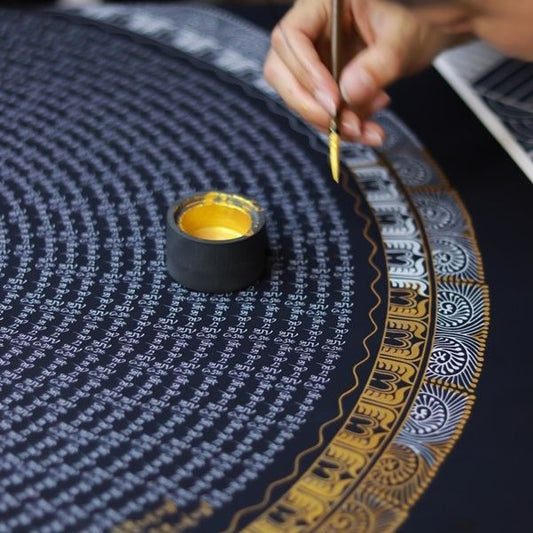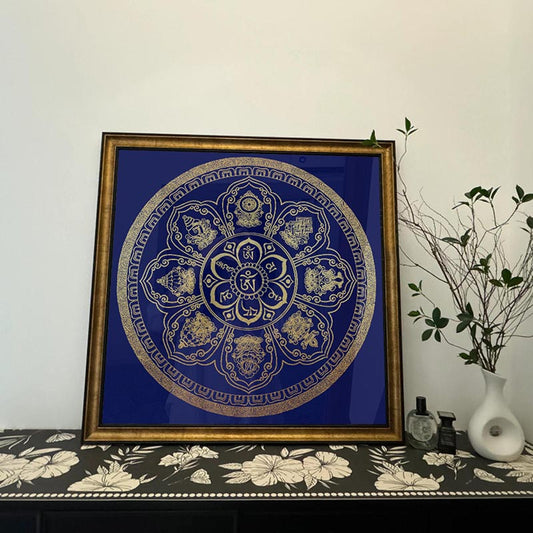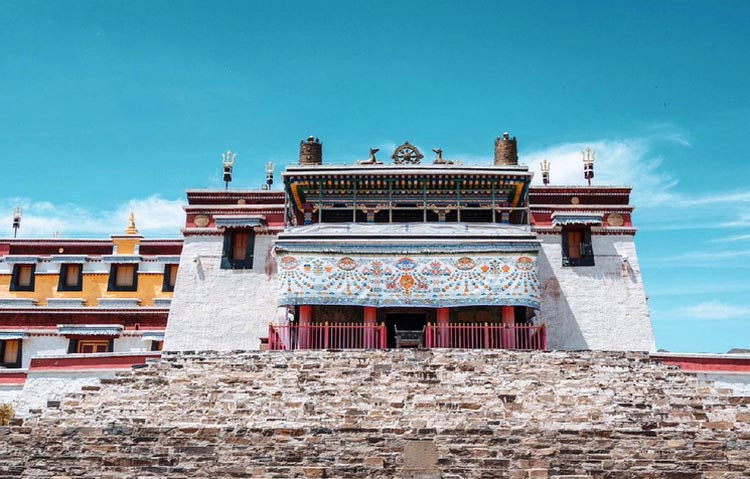What Is Thangka
What Is Thangka
Step into a Tibetan monastery, and among the flickering butter lamps and wafting incense, you might find a thangka—a vivid tapestry of devotion and art hanging with quiet grandeur. Thangkas are not mere decorations; they carry within their colorful threads a spiritual lineage and symbolism that has been nurtured for centuries.
But what exactly is a thangka, you might wonder? At its core, a thangka is a Tibetan Buddhist scroll painting meticulously crafted on cotton or silk. These paintings range from the size of a postcard to as large as a room divider, and their vibrant imagery is often saturated with symbolic meaning—portraits of deities, mandalas, and scenes from the life of the Buddha. More than just pleasing to the eye, they are used for meditation, ritual offerings, and as teaching tools.
The birth of a thangka is a deeply meditative process. Artists undergo years of rigorous training in monasteries, not only to hone their skills but to deepen their spiritual understanding. The creation of each piece is as much a personal journey as it is an act of devotion. Every element in a thangka holds significance: the placement of the main figure, the color palette, even the posture of the characters. These aren’t just artistic choices—they’re deliberate spiritual tenets translated into paint.
One might be particularly captivated by the pigments used in these paintings. Unlike modern synthetic dyes, traditional thangka paints are made from crushed gemstones and minerals—like lapis lazuli for deep blues and gold leaf for resplendent highlights. This practice not only adds a tactile depth to the painting but also connects the tangible with the divine, linking the earth's natural wealth with spiritual expression.
Historically, thangkas have also played a crucial role in disseminating Buddhism across the Tibetan plateau and beyond. They were portable scriptures that could traverse mountains and valleys, spreading teachings wherever they went. Different regions developed distinct styles, influenced by local materials and cultural aesthetics, yet all maintaining a thread of spiritual authenticity.
What fascinates me most about thangkas is how they balance the sacred with the sensory—the way the weight of the past is carried in each brushstroke while suggesting a transcendence of time altogether. It’s a little like stepping into a story that’s as old as the hills but as fresh and immediate as the present moment.
If you ever have the chance to encounter a thangka up close, take a moment to appreciate not just its beauty, but the skilled hands and quiet dedication behind it. It’s a small chapter in a much larger story, one that continues to unfold with every generation of devoted artists.





